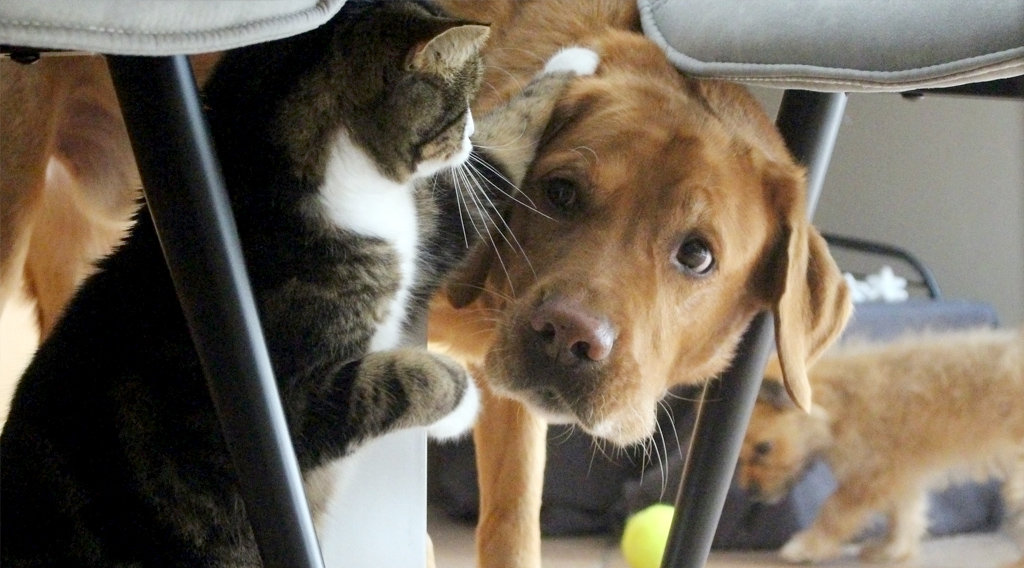One proactive way to lower your pet’s health care costs is to take basic safety precautions to reduce the risk of illness and injury to your pet. The more avoidable problems you can anticipate and prevent, the safer and healthier your pet and the lower your costs for veterinary treatment.
The Brownsburg Animal Clinic blog has a number of posts covering various aspects of pet safety. We’re linking to the best of them, along with a few external resources we recommend.
General Safety Tips
Pet First Aid Basics—our suggestions for steps you can take to prepare for, respond to and, best of all, avoid a medical emergency.
Keeping Your Pet Safe From Poisons—our comprehensive post on common toxins.
Medicines for Humans Can Be Dangerous for Pets—with an overview of the dangers of drugs and advice on what to do if you think your pet has ingested medicine meant for humans.
Safe Travels With Your Pet—with annotated links to seven web pages covering safe travel for pets.
Seasonal Safety Tips
Keeping Your Pet Safe in Cold Weather—with annotated links to six authoritative resource pages.
Halloween Safety for Pets—with precautions to safeguard your pet at Halloween.
Dogs and Heatstroke—a brief post with a link to a good New York Times article on heatstroke.
Caring for Your Canine Athlete—including a 7-point checklist of considerations to take before engaging in vigorous exercise with your dog.
Summer Safety Tips—linking to a video from the American Veterinary Medical Association.
Managing Your Pet’s Noise Anxiety—including home remedies and medical treatments for noise-averse pets.
Are You Ready for July 4?—highlights the dangers of fireworks.
More Pet Safety Resources
Beyond our blog, we recommend the Center for Pet Safety website as an excellent resource on how best to keep your pet safe.
We also recommend Preventive Vet’s “10 Point Checklist for Puppy Proofing Your Home” as a great checklist for any pet-owning household.
Finally, even though National Pet Suffocation Awareness Week is months away, we recommend you take precautions now and from now on to minimize your pet’s risk of suffocating in a snack, cereal, pet food or pet treat bag. Preventive Vet has an excellent article on the topic.

